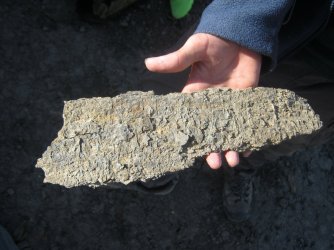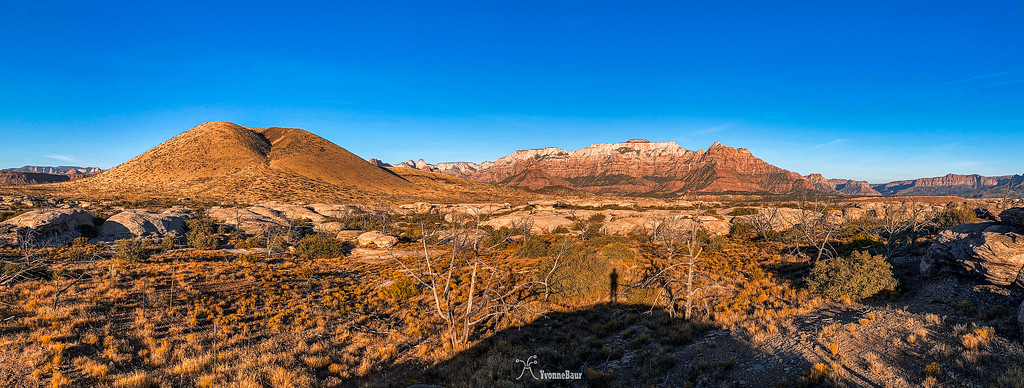RyanP
Member
- Joined
- Mar 1, 2015
- Messages
- 742
Sometimes in guidebooks or in online trip reports, authors mention the specific type of sandstone/formation/layer of a particular area (e.g., "The next mile is on Kayenta ledges"). This has kind of bugged me for a long time because I have no idea what information they are trying to convey when they do this. By mentioning the Kayenta/Navajo/Wingate/Cedar Mesa/etc., are people just trying to show off their impressive knowledge of the geology, or are there practical implications contained in these statements? When you read that a certain area consists of a given type of sandstone/layer, does that give you information about practical matters such as water availability (waterpockets/potholes), sheerness of cliffs, etc? Frankly, I'm not personally very interested in learning about the geology for geology sake (maybe I should be), but I am very interested in learning practical skills that will help me better plan backpacking routes. Can you glean any practical info such as the following from a knowledge of the sandstone/formation type?
- Easier to traverse from Point A to Point B on a map
- Easier to find weak points to climb into or out of canyons (as opposed to sheer cliffs)
- Better water availability


